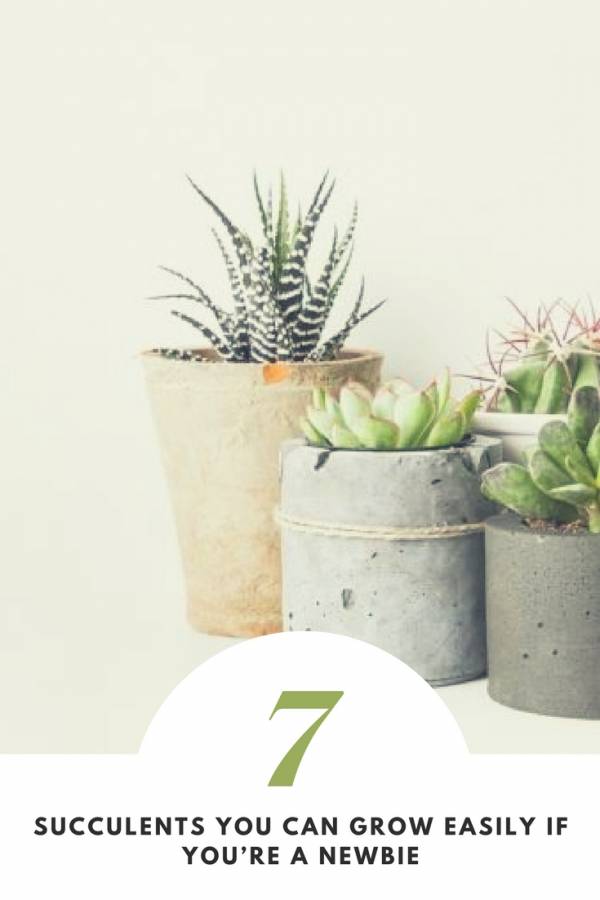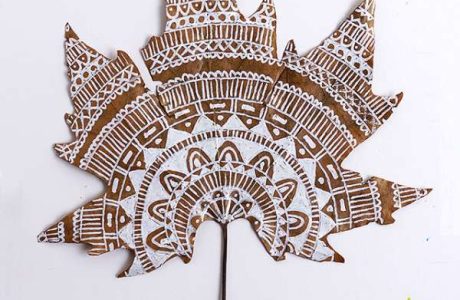
Succulents are a great way to bring a touch of nature into your home and add some visual interest to your indoor space. They are incredibly low maintenance, making them an ideal choice for those who are new to gardening or who have limited time and resources to devote to it.
When it comes to choosing succulents, there are many different types to choose from, each with its own unique features and benefits. However, some succulents are easier to grow and maintain than others, especially if you are a beginner. Here are 7 succulents that are great for newbies:
Crassula
Crassula is a good choice, especially if you’re looking to start with small to medium sized succulents that are easy to handle, and look beautiful too. They have fleshy leaves that are arranged in a variety of patterns, and have a dense foliage as well.
Aloe
Aloe is another good choice with its pointed, fleshy leaves that ooze with healthy goodness. They also have showy flowers that bloom often and are pretty easy to grow. However, they do require a bit more water than other succulents, so making sure their thirst is quenched is a must.
Agave
When grown in the ground, they can bloom wonderfully as compared to when they’re grown in container, but regardless, they look pretty all the time. Agave is easily identified thanks to its strong frame, and they make for excellent landscape plants. Most of the time, they bloom in rosettes and when it comes to care, they don’t need a lot.
Dudleya
Dudleya is another great choice if you’re looking for succulents that add a pop of color to your indoor or outdoor space. These flowery rosette shaped plants have fleshy petals that come in shades of pink, red, white and yellow, and they also tend to attract hummingbirds!
Euphorbia
From cactuses to globe shaped succulents, there are over 1000 different species of Euphorbia, and some of them in particular, make for beautiful garden accents. Pick the ones you like and pot them in containers or have them in your outdoor space. They work amazingly well in places with mild climates.
Graptopetalum
These white or light gray succulents have fleshy leaves and bloom to form beautiful looking rosettes. Unlike other succulents, these can thrive in extreme climates as well, so that’s an added plus. You can have them on your rock garden, in your outdoor space or even as a wall hanging.
Aeonium
You’ll find Aeoniums in a lot of different forms and colors, and in general, most of them require a little more moisture than other succulents do. The dark varieties, however, can tolerate more sunlight than the lighter ones. They are easy to manage and you can have them as a part of floral arrangements or even in your container gardening projects.
Most of these succulents are super easy to manage, and are perfect if you’re not so sure if you have a green thumb but you still want to try your hands at container gardening, or are just amazed by succulents and how pretty they can look.
Here are my top tips for growing Succulents for Beginners :
Succulents are one of the most popular indoor plants today, and for good reason. They are low maintenance, hardy, and come in a variety of unique shapes and colors. If you’re a beginner in the world of succulents, don’t be intimidated. Growing succulents is a fun and simple process that anyone can do with a little bit of knowledge and care. Here are my top tips for growing succulents for beginners:
Choose the Right Soil: Succulents need well-draining soil, so make sure to choose a potting mix specifically for succulents. You can also add perlite or sand to your potting mix to improve drainage.
Provide Adequate Light: Succulents love bright, direct sunlight, but too much sun can burn the leaves. If you live in a sunny area, make sure to place your succulent in a spot where it will receive bright light but not direct sunlight for extended periods of time. If you live in an area with limited sun, a south-facing window is a great option.
Water Properly: Succulents are known for their ability to store water, but they still need proper watering. The key is to not over-water them. Water your succulent thoroughly and then wait until the soil is completely dry before watering again. A good rule of thumb is to water once a week, or every two weeks during winter months.
Don’t Over-fertilize: Succulents don’t require much fertilizer, and over-fertilizing can lead to root rot and other problems. If you choose to fertilize, do so sparingly, once a month during the growing season and not at all during the winter months.
Provide Proper Air Circulation: Good air circulation helps prevent mold and rot, so make sure your succulent is in a spot where air can circulate freely. If you have several succulents, space them apart from one another.
Propagate: Propagating succulents is an easy and fun way to increase your collection. Simply cut a leaf or stem from an existing succulent and place it in a pot with well-draining soil. You can also propagate succulents from offsets or by dividing a mature plant.
Get Creative: Succulents can be planted in a variety of containers, from terrariums to hanging baskets. Don’t be afraid to get creative with your succulent displays.
In conclusion, growing succulents is a great way to bring some green into your home. These tips will help you get started on your succulent growing journey. Just remember to provide adequate light, water properly, and let the soil dry out completely between waterings. Happy succulent growing!


